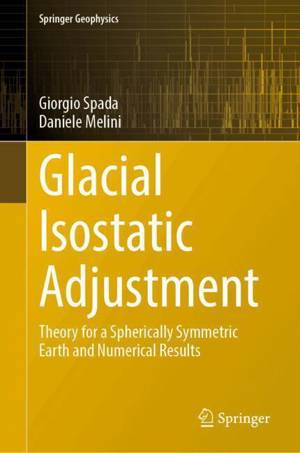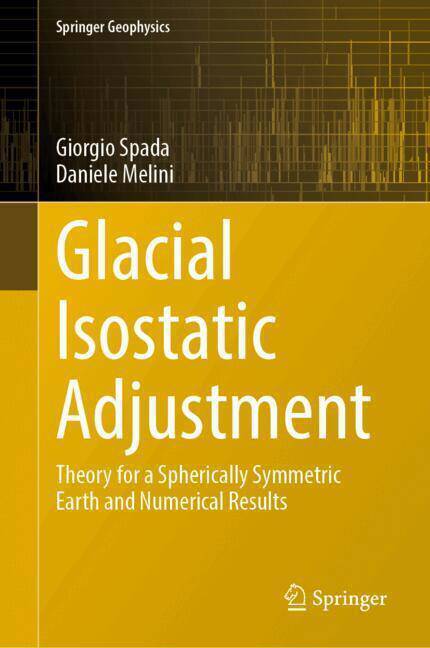
- Afhalen na 1 uur in een winkel met voorraad
- Gratis thuislevering in België vanaf € 30
- Ruim aanbod met 7 miljoen producten
- Afhalen na 1 uur in een winkel met voorraad
- Gratis thuislevering in België vanaf € 30
- Ruim aanbod met 7 miljoen producten
Zoeken
Glacial Isostatic Adjustment
Theory for a Spherically Symmetric Earth and Numerical Results
Giorgio Spada, Daniele Melini
€ 168,95
+ 337 punten
Omschrijving
This book aims at presenting a synthetic but self-contained theory of Glacial Isostatic Adjustment (GIA), firmly grounded on physics and mathematics. However, at the same time, it also describes various phenomenological aspects, making it appealing also to a broad audience of Earth scientists not having a technical background. The interest on GIA is motivated by the entangled processes involved, reflecting interactions between the solid Earth, the oceans, and the cryosphere. In the context of climate change, GIA has a special role. For example, ground or space-based geodetic methods aimed at observing the mass balance variations of the contemporary ice sheets require a GIA correction before they can be suitably interpreted. For these reasons, GIA modeling has seen a considerable development recently, with a growing attention by a broad audience of scientists in the fields of geophysics, geology, geodesy, and Earth system science.
Specificaties
Betrokkenen
- Auteur(s):
- Uitgeverij:
Inhoud
- Aantal bladzijden:
- 372
- Taal:
- Engels
- Reeks:
Eigenschappen
- Productcode (EAN):
- 9783031905377
- Verschijningsdatum:
- 17/07/2025
- Uitvoering:
- Hardcover
- Formaat:
- Genaaid
- Afmetingen:
- 155 mm x 235 mm

Alleen bij Standaard Boekhandel
+ 337 punten op je klantenkaart van Standaard Boekhandel
Beoordelingen
We publiceren alleen reviews die voldoen aan de voorwaarden voor reviews. Bekijk onze voorwaarden voor reviews.











